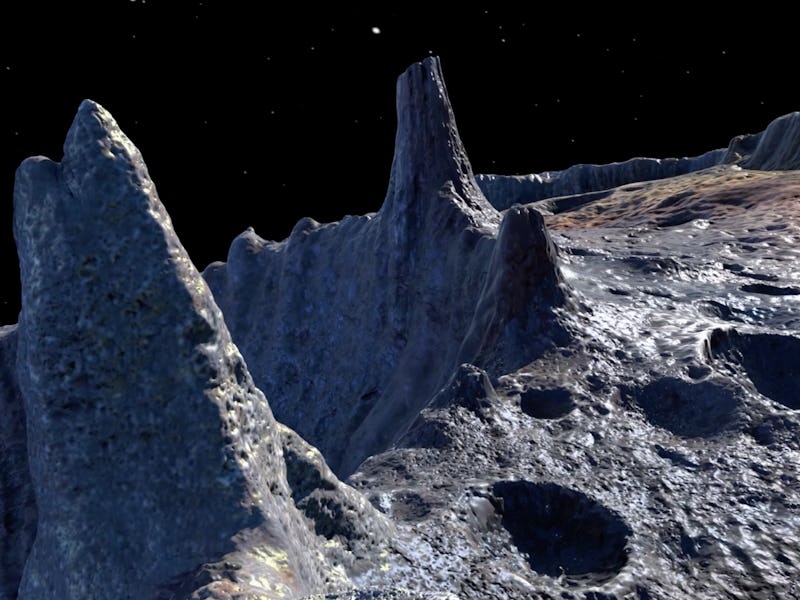NASA Is Testing Thrusters to Reach the Metal World of Psyche
“We've never had an opportunity to look at a metal world.”

NASA is testing a cutting-edge propulsion system intended for a deep space mission to Psyche, a rare metal world located in the asteroid belt.
That’s right, a metal world. Located about three times further away from the sun than Earth, Psyche is of great interest to scientists. Its surface appears to be made up of nickel and iron, not rock and ice like most worlds. Researchers at Arizona State University, Tempe, in partnership with NASA’s Jet Propulsion Laboratory in Pasadena, California, believe that Psyche might actually be the exposed core of an early planet, now floating in the asteroid belt. Discovering how Psyche came to be could help scientists learn more about our own planet — which also has a metal core but is difficult to study below Earth’s rocky mantles and crusts.
“Psyche is a unique body because it is, by far, the largest metal asteroid out there; it’s about the size of Massachusetts,” David Oh, the mission’s lead project systems engineer, said in a NASA release on Thursday. “By exploring Psyche, we’ll learn about the formation of the planets, how planetary cores are formed and, just as important, we’ll be exploring a new type of world. We’ve looked at worlds made of rock, ice and of gas, but we’ve never had an opportunity to look at a metal world, so this is brand new exploration in the classic style of NASA.”
NASA’s mission to Psyche was announced in January, and a spacecraft is set to launch in 2022. But before a journey to the metal world can happen, the technology to get a spacecraft to the asteroid belt has to be tested and approved.
Pysche’s mission team is working with the NASA Glenn Research Center in Cleveland, which has been developing solar electric propulsion (SEP) technology for decades. SEP thrusters use inert gases, energized by electric power from a spacecraft’s solar panels. For a far-away journey like the trip to Psyche, these types of thrusters could be vital because they’ll require less fuel mass.
An artist's concept of the Psyche spacecraft that will take off to study the metal world in 2022.
NASA Glenn has run trials on the thrusters the mission will use at the center’s Electric Propulsion Laboratory — and so far so good.
“Glenn has a world-class facility that allowed us to go to very low pressures to simulate the environment the spacecraft will operate in and better understand how our thrusters will perform around Psyche,” says Oh. “At first glance, the results confirm our predictions regarding how the thruster will perform, and it looks like everything is working as expected. But, we will continue to refine our models by doing more analysis.”
The payload aimed at Psyche will include a multispectral imager, gamma-ray spectrometer, and a magnetometer. The mission’s data could lead to more of an understanding of the metal world, as well as our own.
To get to Mars, NASA is researching a high-tech bear den for astronaut “hibernation.” Check out this video to find out more.